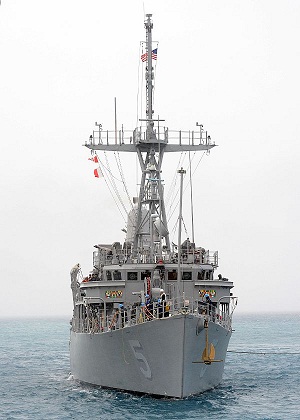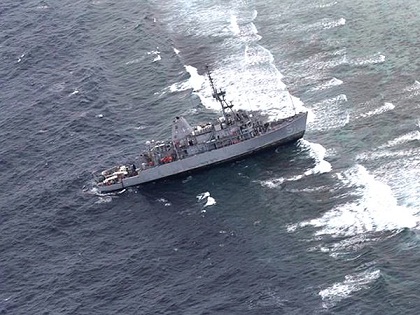By Rex Robles, VERA Files

One reason why the report seems superficial and incomplete is that it failed to attach true copies of essential navigational documents.
As a rule, whenever a Navy ship leaves port for any destination, the path or course it is to take to reach its destination is set down beforehand on a maritime map, commonly referred to as a chart. This is required for those navigating over water and all Navy vessels, except small boats on short trips along a coastline or a river, must perform this basic task.
The charted course is an official record of a ship’s movement and, together with the Quartermaster’s logbook that records the actual position, heading and speed of the ship at any time, will form an important part of any investigation involving that ship and its crew.
